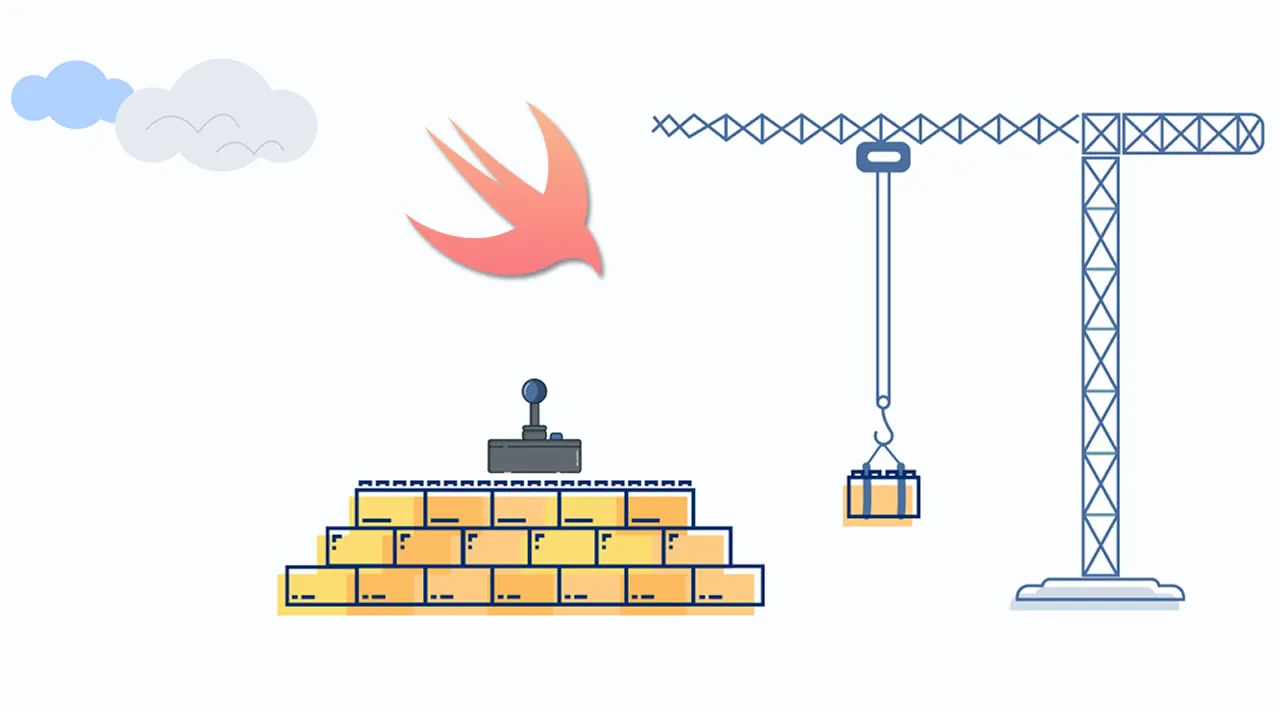As a developer, we should always follow a design principle that acts as a guide to structuring our code so that it is modular, easy to read, easy to understand, and scalable. In this article, I will be discussing behavioral design pattern, how to use them, and their implementation in Swift. Read on!
Categories of Desing Pattern
Design Pattern falls mainly under the following categories
1. Creational
2. Structural
3. Behavioral
In this article, we will cover the Builder Designer Pattern which is a type of Creational Design Pattern
Builder Design Pattern
Why?
We create objects for our classes to leverage the functionality a class provides. Sometimes object creation is simple and can be done by the simple initializer. Other objects might have complicated requirements, for eg, it may require a lot of arguments to initialize the object, which in my opinion is too cumbersome and non-productive. Also, we might need to mix and match these params for initialization. In these cases, we should go for piecewise initialization/construction. For accomplishing that we need an implementation that provides us a step-by-step mechanism so that we have an easier API way of accessing things with granular control of object creation version.
Let’s take an example to understand. Say we want to make an object APIRequest class for our recipe app. This class helps us create request objects to make different API requests. For starters, the current API request class helps us create objects with only two params.
enum Endpoint:String {
case receipesUrl = "/recipes"
case receipeDetail = "/recipes/id"
}
class ApiRequest {
var endpoint:Endpoint
init(endPoint:Endpoint) {
self.endpoint = endPoint
}
}
var apiRequest = ApiRequest(endPoint: .receipesUrl)
Now say you want to pass it in the Http method (POST, GET, etc), headers, URL params, etc. So let’s say we add more parameters to our initializer which may look like this now.
enum HTTPMethod:String {
case get = "GET"
case post = "POST"
}
enum Endpoint:String {
case receipesUrl = "/recepies"
case receipeDetail = "/recepies/id"
}
class ApiRequest {
var endpoint:Endpoint
var urlParams:[String:String]
var httpMethod:HTTPMethod
var headers:[String:String]
init(endPoint:Endpoint, httpMethod:HTTPMethod, headers:[String:String], urlParams:[String:String]) {
self.endpoint = endPoint
self.httpMethod = httpMethod
self.headers = headers
self.urlParams = urlParams
}
}
var apiRequest = ApiRequest(endPoint: .receipesUrl, httpMethod: .get, headers: [:],urlParams: [:])
As you can see now our initializer has started to grow up. We still need to add a bunch of more parameters like search params, HTTP scheme(HTTP or HTTPS), path parameters, payload, filters, etc. With so many parameters this will become very ugly, plus we then have to handle passing the different params for the initialization which we might not need. We could have a default value or make some of the params optional but still, it is not ideal.
#swift #mobile-apps #programming #developer
